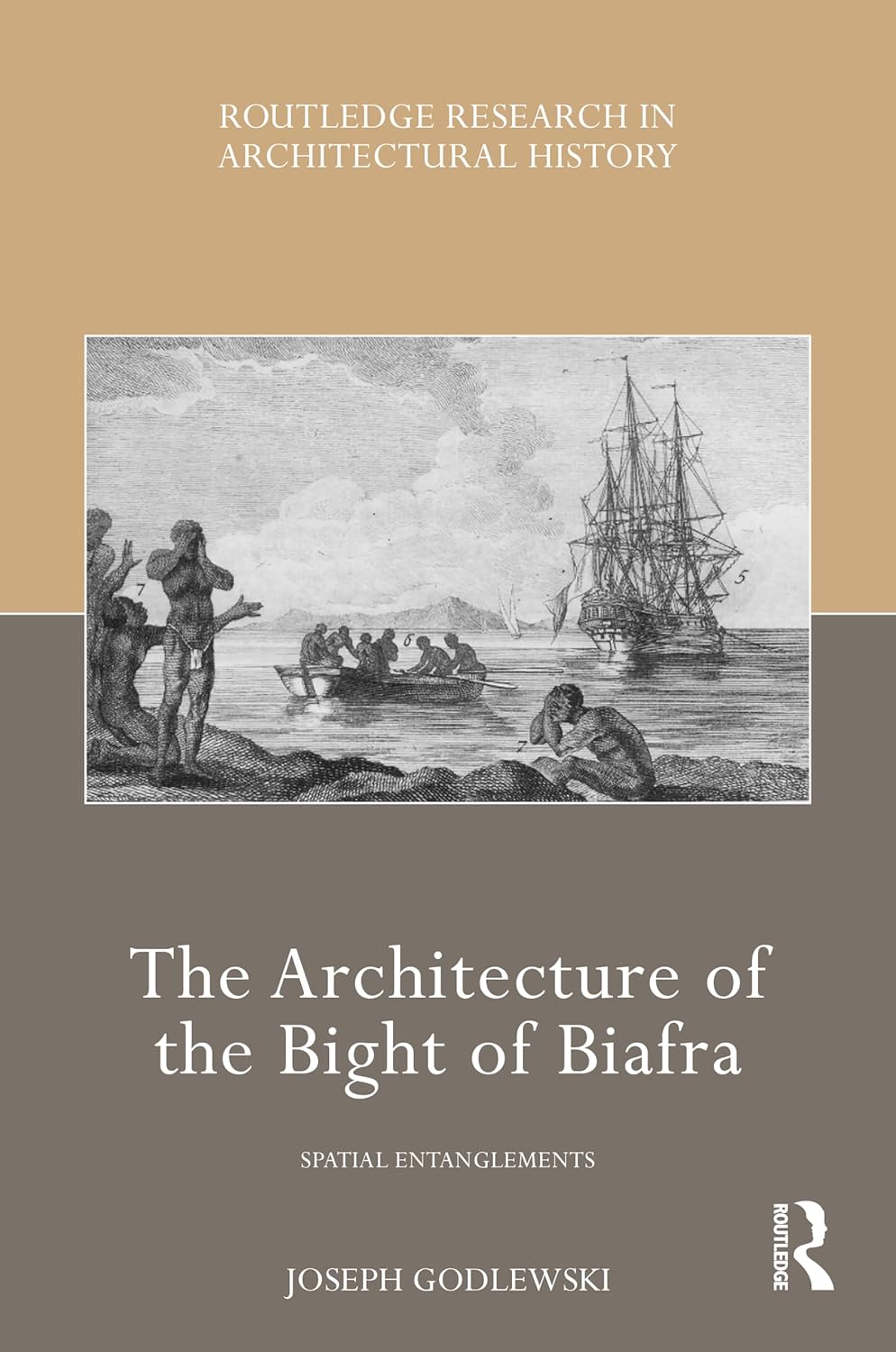A curation of articles, essays, book reviews and interviews on critical geographical concerns.
This essay is part of the forum:
The Occupy MovementSociety and Space editorial board member Cynthia Weber’s short film Occupylujah.
Society and Space editorial board member Cynthia Weber’s short film Occupylujah.
This essay is part of the forum:
The Occupy MovementThis essay is part of the forum:
The Occupy MovementSociety and Space editorial board member Cynthia Weber’s short film Occupylujah.
This essay is part of the forum:
The Occupy MovementSociety and Space editorial board member Cynthia Weber’s short film Occupylujah.
This essay is part of the forum:
The Occupy MovementSociety and Space editorial board member Cynthia Weber’s short film Occupylujah.
related magazine articles
related magazine articles
related magazine articles

On Containers and Conjunctures at People’s Park
What is it about this conjuncture that makes the unprecedented use of force with which UC Berkeley reclaimed People’s Park acceptable and even desirable for so many? We examine the pressures and opportunities, strategies for winning consent, and counter-hegemonic tactics at different scales.
By
Katharyne Mitchell and Gregory Woolston

Terror Capitalism: Uyghur Dispossession and Masculinity in a Chinese City Review
Byler finds that what’s going on in Xinjiang is not only violation of rights, nor simply authoritarianism, racism or Islamophobia, but rather the production and conquering of a new, colonial frontier of ethno-racialized global capitalism.
By
Emma Loizeaux

In Quest of a Shared Planet: Review
What happens at the UN climate negotiations? In her new book, In Quest of a Shared Planet, Dr. Naveeda Khan examines the multi-dimensional and chaotic space of these meetings. She demonstrates how diverse Global South actors, from negotiators to activists to experts, influence global climate policy, and why countries like Bangladesh keep taking an active seat at the table after decades of limited action.
By
Danielle Falzon

Menace to Empire Review
"Menace to Empire" is notable for how it offers a relational history of US national security practices in Asia: one that situates them in relation to the other forms of violence work that have always been central to the everyday reproduction of other Pacific empires.
By
Wesley Attewell

Animal Traffic Review
In Animal Traffic, Rosemary-Claire Collard combines Marxist theory with animal studies to offer a powerful analysis of how capitalism structures human-animal relations, and what the “oddity” (2020: 8) of the exotic pet case can teach us about our more common relations with animals.
By
Sam E. Morton
related journal articles
Plastic monsters: Abjection, worms, the Cthulhic, and the black single-use plastic bag
Drawing from monster theory, the article reflects on the trans-corporeal body burdening of black plastic bags and the black hands, black bodies, black markets, and black, corrupt, illicit actions with whom and which they are associated. Reconceptualising the (black) single-use plastic bag as an agape, plastic monster that defines, patrols, and transgresses cultural/economic boundaries, this article calls for making explicit the vermicular activities within economic marginalisation and distinguishing them from the discursively constructed amorphous, tentacled mass.
By
Lydia Gibson
Sparks from the friction of terrain: Transport animals, borderlands, and the territorial imagination in China
This article argues that the mobility of animal bodies is deployed to produce a distinctive form of territorial imagination in China, one which foregrounds the friction of terrain at certain sites, and conjures up state fantasies of interspecies relations as/and interethnic friendship. While much recent scholarly literature focusses on the collocation of infrastructure and state power, this article calls for attention to the ways in which states can also mobilize representations of selected sites of roadlessness, and concomitant animal-based mobilities.
By
Thomas White
Under pressure: Catching the pulse of a Cuban crisis
In reflecting on the current Cuban economic, social and humanitarian crisis, I aim at catching the pulse of the moment to shift the crisis-based discourse to one based on pressure. I focus on two types of pressure – air and blood – to think through the pulse of the post-COVID Cuban crisis.
By
Alexandrine Boudreault-Fournier
© Society & Space. All Rights Reserved. Site designed and developed by Wonderwell Studio.

















